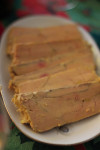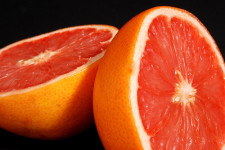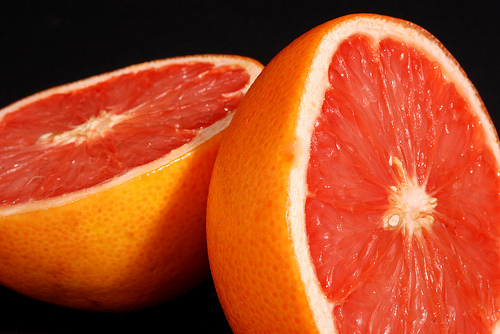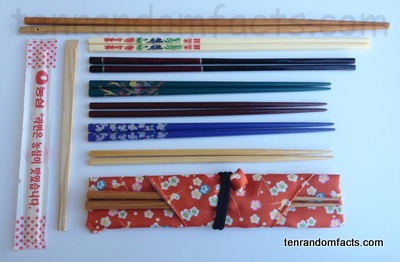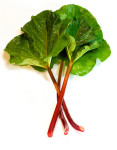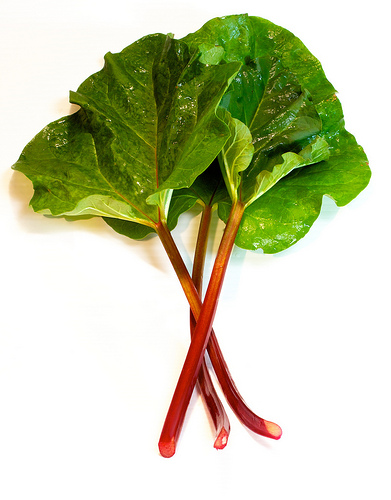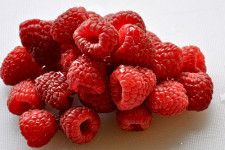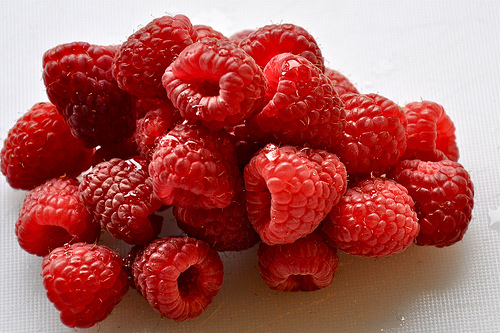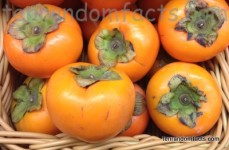
Persimmons are a sugar sweet fruit.
- Persimmons are a fruit native to China and they are popularly eaten in other Asian countries such as South Korea and Japan, where they have been grown for hundreds of years.
- The trees persimmons are grown on are from the Diospyros genus from the family Ebenaceae, a family of flowering trees and shrubs including ebony used in the wood trade.
- While there are a number of different species of the fruit tree, the most commonly grown is Diospyros kaki, or ‘Japanese’, ‘Asian’, or ‘kaki’ persimmon, as it is commonly known.
- Persimmons generally grow to be 1.5 to 10 centimetres (0.6 to 4 inches) in diameter, depending on the species or variety, while they are most commonly between 6 and 8.5 centimetres (2.4 to 3.3 inches) wide and can be shaped like acorns, hearts, spheres, apples and pumpkins.
- Sometimes persimmons need to be peeled before eating, though they can be eaten raw, dried, or cooked, and they are often used in variety of desserts and baked goods.
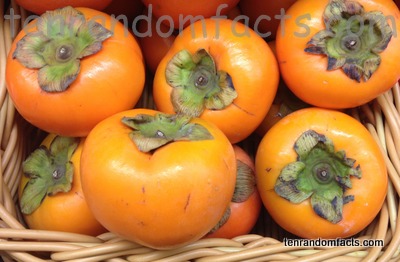
- The word ‘persimmon’ comes from the native eastern United States language named Powhatan, from the term ‘pasimenan‘, meaning ‘dry or dried fruit’.
- The colour of persimmons ranges between different shades of red, yellow, and orange, and less commonly – purple, brown and black.
- Persimmons have a sweet flavour and are either ‘astringent’ and only edible when fully ripe and soft with a somewhat jelly-like flesh, or ‘non-astringent’ and able to be eaten when crisp and firm, as well as soft.
- The tannin chemical in unripe persimmons causes the astringent fruit to taste bitter, and it can react with weak acids in the human stomach to create hard phytobezoar compounds that are potentially dangerous.
- Persimmons are very high in vitamin A, manganese, fibre and vitamin C, and they have been used for medicinal purposes to treat a variety of ailments.
Bibliography:
Diospyros kaki – Thumb., 2012, Plants For A Future, http://www.pfaf.org/user/plant.aspx?LatinName=Diospyros+kaki
Morton J, Japanese Persimmon, 1987, Purdue Agriculture, https://www.hort.purdue.edu/newcrop/morton/japanese_persimmon.html
Persimmon, 1996, California Rare Fruit Growers, http://www.crfg.org/pubs/ff/persimmon.html
Persimmon, 2015, Wikipedia, https://en.wikipedia.org/wiki/Persimmon




